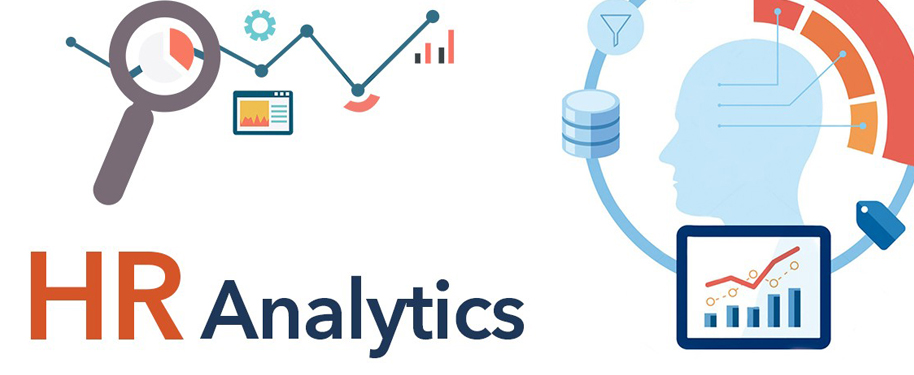HR Analytics: Leveraging Data for Informed Decisions
Introduction
In the modern business landscape, data has become a game-changer in various domains, and Human Resources is no exception. HR Analytics, often referred to as People Analytics, has emerged as a powerful tool for organizations to make informed decisions, optimize workforce management, and enhance overall performance. This article delves deep into HR Analytics, uncovering the immense potential it holds in shaping the future of human resource management.
HR Analytics: Leveraging Data for Informed Decisions
HR Analytics, also known as Human Resource Analytics or People Analytics, is the process of utilizing data to improve HR practices, streamline decision-making, and enhance overall workforce effectiveness. This methodology involves collecting, analyzing, and interpreting data related to employees, their performance, and the workplace environment. The objective? To drive strategic decisions that align with organizational goals.
The Power of Data in HR
Data is the cornerstone of HR Analytics. By collecting and analyzing employee data, organizations can gain valuable insights into various aspects of their workforce. This information helps HR professionals understand performance trends, employee engagement, and even predict potential turnover.
Benefits of HR Analytics
- Optimized Hiring: HR Analytics aids in identifying the best recruitment channels, assessing the quality of candidates, and reducing time-to-hire.
- Employee Engagement: Analyzing employee feedback and survey data can lead to improved engagement strategies, resulting in higher job satisfaction and productivity.
- Performance Management: Data-driven performance assessments enable better decision-making and targeted training for employees.
- Retention Strategies: HR Analytics helps recognize patterns of employee turnover and develop retention strategies accordingly.
- Cost Reduction: By pinpointing areas of inefficiency, HR Analytics can lead to cost savings through optimized processes.

Implementing HR Analytics
The successful implementation of HR Analytics involves several key steps:
- Data Collection: Begin by collecting relevant data from various sources such as HRIS (Human Resource Information Systems), surveys, and performance evaluations.
- Data Cleaning: Ensure the data is accurate and up-to-date.
- Data Analysis: Use tools and statistical methods to derive insights from the collected data.
- Data Visualization: Create visual representations of the data to make it more understandable for stakeholders.
- Action Planning: Based on the insights, develop strategies and action plans to address HR challenges.
FAQs
What types of data are commonly analyzed in HR Analytics?
HR Analytics commonly analyzes data related to employee turnover, performance, engagement, recruitment, and compensation.
How can small businesses benefit from HR Analytics?
Small businesses can benefit from HR Analytics by making data-driven decisions to improve their recruitment, employee retention, and performance management.
Is HR Analytics only relevant for large organizations?
No, HR Analytics can be valuable for organizations of all sizes. Small and medium-sized businesses can also leverage data to enhance their HR practices.
Are there specific tools for HR Analytics?
Yes, there are various HR Analytics tools available in the market, such as Tableau, SAP SuccessFactors, and Workday.
How can HR Analytics improve employee satisfaction?
By identifying pain points through data analysis, HR can take steps to address these issues, leading to improved employee satisfaction.
Can HR Analytics predict future HR trends?
Yes, HR Analytics can help predict trends by analyzing historical data and identifying patterns that can inform future HR strategies.
Conclusion
HR Analytics: Leveraging Data for Informed Decisions is not just a buzzword; it’s a game-changing strategy that has the potential to revolutionize the way organizations manage their human resources. By harnessing the power of data, HR professionals can make informed decisions, improve employee satisfaction, optimize recruitment, and reduce costs. In today’s competitive business world, staying ahead of the curve is essential, and HR Analytics is the tool that can help you achieve just that.





